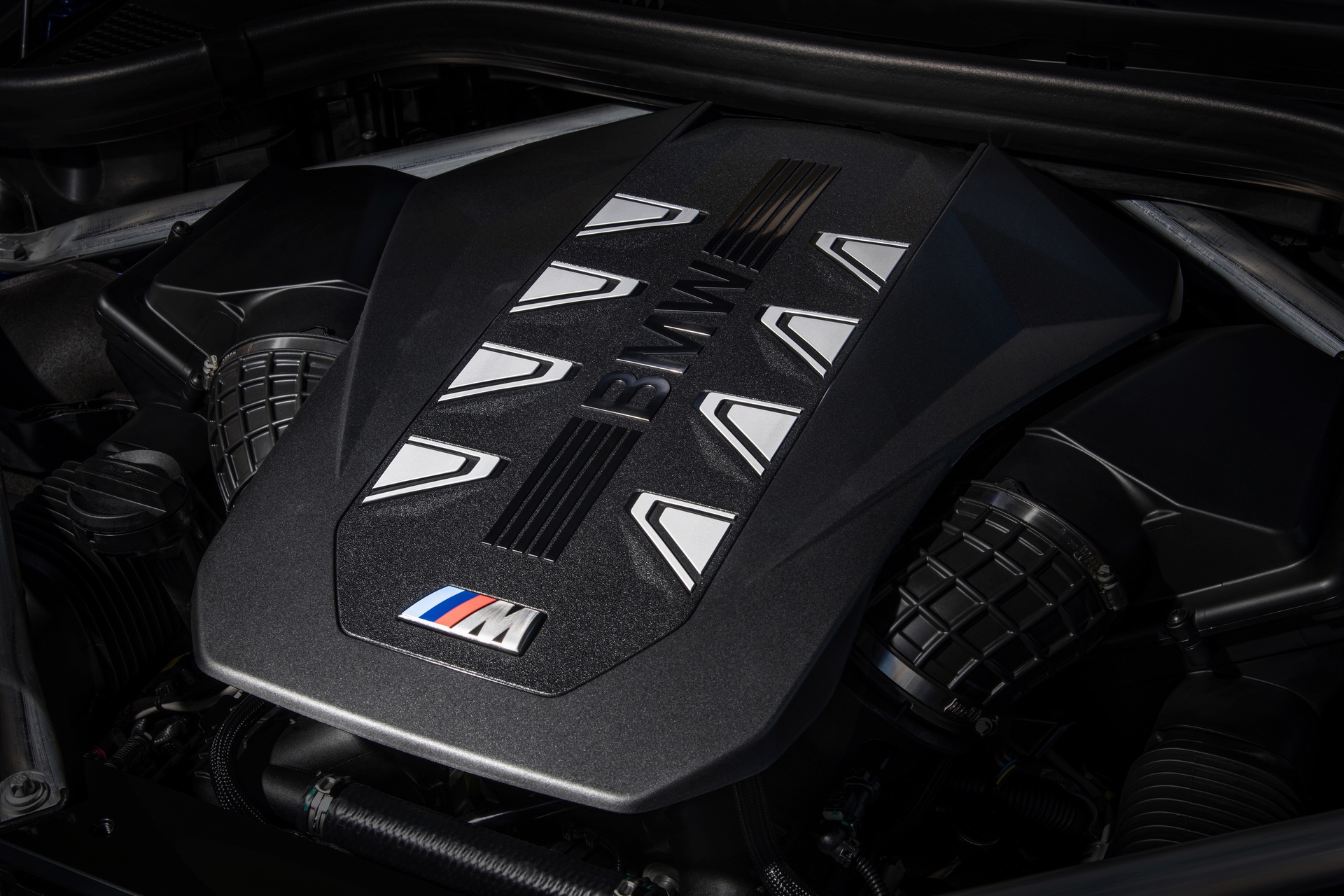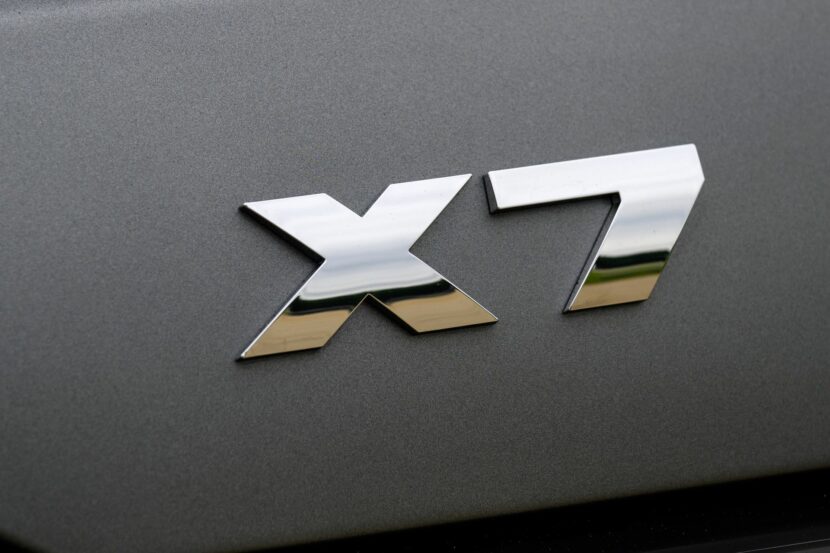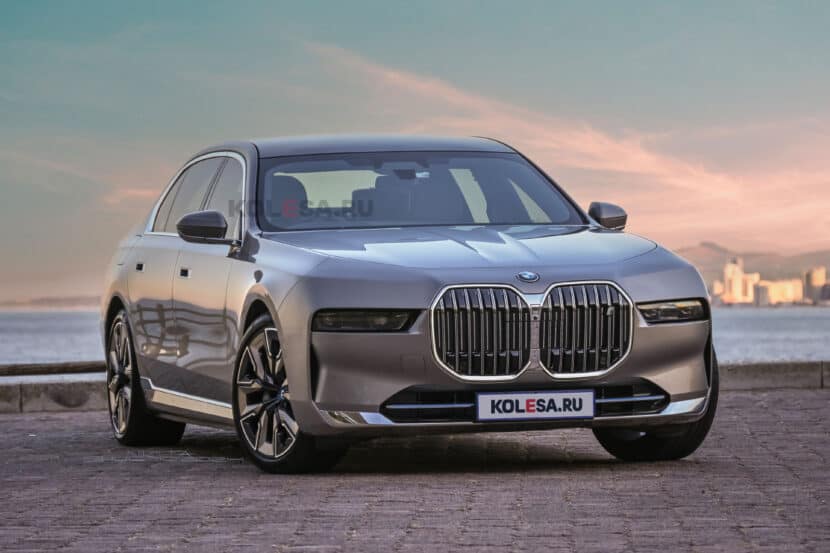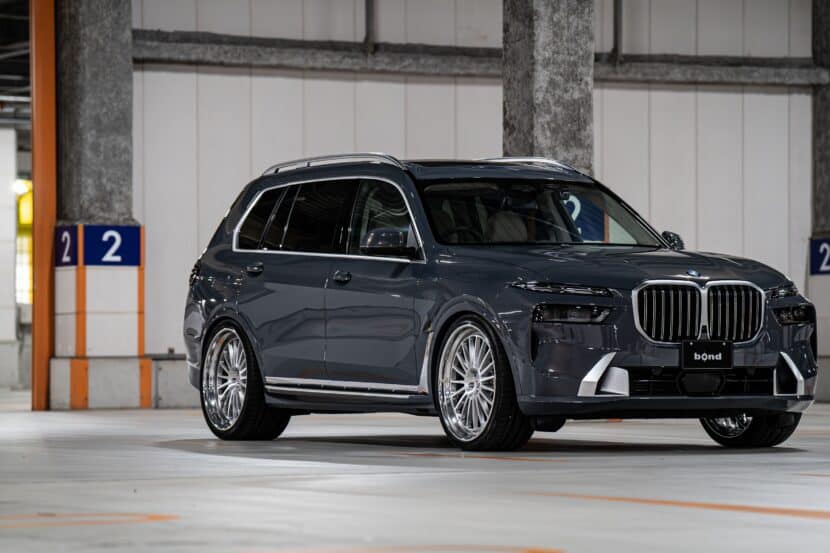For the most part, BMW has always distinguished its M Division models with unique engines; engines that were only available on proper M cars. There were a few exceptions over the years — such as the BMW 1M which used an N54 engine from the Z4 — but, typically, M cars have M engines. However, this newest M Division engine, dubbed “S68”, will actually be used in more than just M cars moving forward. While it is still a proper M engine, it will also be used in several upcoming M Performance cars as well.
At a recent event, to see the new BMW X7 LCI in the metal, we learned quite about the new S68 engine, what makes it different, and why it’s being used in more than just M cars.
What is the S68 Engine?
On paper, the new S68 might not seem all that different from the old S63 that powers all current V8 M cars. Just like the old S63, the new S68 is another 4.4 liter twin-turbocharged V8 with a hot-vee design. In the BMW X7 M60i, it makes 530 horsepower, which is only seven more horsepower than the standard N63 that powered the pre-LCI X7 M50i.
However, there are literally no carryover parts from the S63 engine to the S68. It’s an entirely new engine, with only its displacement and hot-vee design remaining similar.
What Makes it Different?
For starters, the S68 is literally nut-and-bolt different from the S63 it replaces. However, the key updates are a new crankshaft, oil cooler, oil sump, upgraded turbochargers, and even a new electric VANOS system — which is a first, as all previous VANOS systems worked off of oil pressure.
Differentiating it even further is the 48-volt mild-hybrid system. The S68’s mild hybrid (MHEV) system is different than any other BMW MHEV system, though. Rather than the small electric motor that attached to the crankshaft of the engine, to help add some power to smooth out turbo lag, this new electric motor is actually built into the transmission and can deliver its power directly to the powertrain.
Because it’s built into the transmission itself, the X7 M60i, and all subsequent S68-powered cars, can now coast a bit better through its auto-start/stop, as well as restart at a set of lights better. It also uses the 48-volt electric motor to start the engine when it’s warm. There’s still a 12-volt battery for cold starts but all other starts will use the 48-volt systema and electric motor.
Interestingly, the transmission is new as well. It’s still a ZF eight-speed unit but it’s all-new, design to handle the 48-volt mild hybrid system.
Why is an M Division Engine Being Used in Non-M Cars?
So here’s the answer to the big question everyone wants to know. BMW is using this new M Division-designed and built S68 engine in technically lesser cars for two reasons. One is that detuning an actual M engine gives M Performance cars more character and more fun. The nature of the BMW X7 changes when you step up to the M60i and get that proper motorsport-bred engine. And the same will go for all other V8-powered M Performance models moving forward.
The other reason, and this hasn’t officially been stated but isn’t hard to figure out, is emissions. The BMW N63 and its S63 sibling are becoming unusable, due to stricter Euro 7 emissions regulations. So BMW needed a new engine for those cars, as well as its M cars. Rather than build two all-new engines, one for the X7 M60i and one for other proper M Division products in the future, it’s easier and cheaper to just develop one engine and detune it for lesser models.
M Engine for the Masses
All of this means we’re going to have M Performance models that will use proper M Division engine, which will give them far more enjoyable characteristics. Does that dilute the engine and the brand? According to a couple of different BMW representatives, no it won’t. The M versions of the S68 will be a bit unique; their own power, performance, tuning, response, and even, in some cases such as the BMW XM, electrification.
Whether you agree with BMW or not, the fact remains that more and more customers will have access to genuine M Division engines.








































































